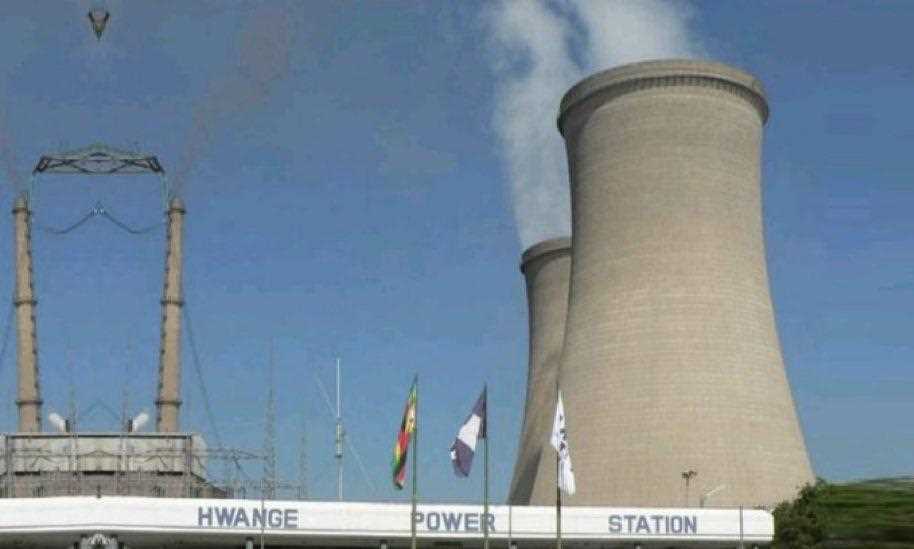
Oscar J Jeke
Zim Now Reporter
Government has embarked on a rural electrification program that will improve access to energy in Zimbabwe’s rural societies following revelations that modern energy access is skewed towards urban areas with 83 percent against 19 percent access in rural areas.
This development is set to heavily impact the Zimbabwe Power Company which has been struggling to meet the current peak demand.
The program designed to address and bridge the gap of energy inequality between the two areas will see a rise in demand for electricity, an estimated 5000MW by 2030 from the current peak demand of 1 900MW.
This projection raises concern in government’s capacity to surface the rising demand, with the country already struggling with load shedding, a prevailing deficit of over 400MW from the current generation at all the country’s power stations shows signs of a gloomy future ahead.
Related Stories
Energy and Power development minister, Edgar Moyo confirmed the future power demand projections, noting that government is pushing towards increasing projects and investments in the energy sector to meet the demand of the rising population and needs of new consumers in the form of rural folk who have become a target for national development through improved access to electricity.
The minister revealed this while revealing funding of US$310 million from India aimed towards refurbishing and boosting of Hwange Power Plant stages I and II capacity from 400MW to 840MW.
He highlighted the significance of such investments that go as far as reducing the deficit in generation.
"Projections are that by end of 2030 the national demand for power will have increased to about 5000MW hence there is need for continual development in the sector."
"To that end government is working on a national power supply strategy that will prioritize projects on the basis of demand, applicable technology, economic viability, environmental and social effects." Moyo said.
Zimbabwe has also embarked on a number of projecting in renewable energy as it aims to end power importation and load shedding, a move private players have capitalised on through forming private-public partnerships, such as the floating Photo-voltaic solar project earmarked for Lake Kariba.
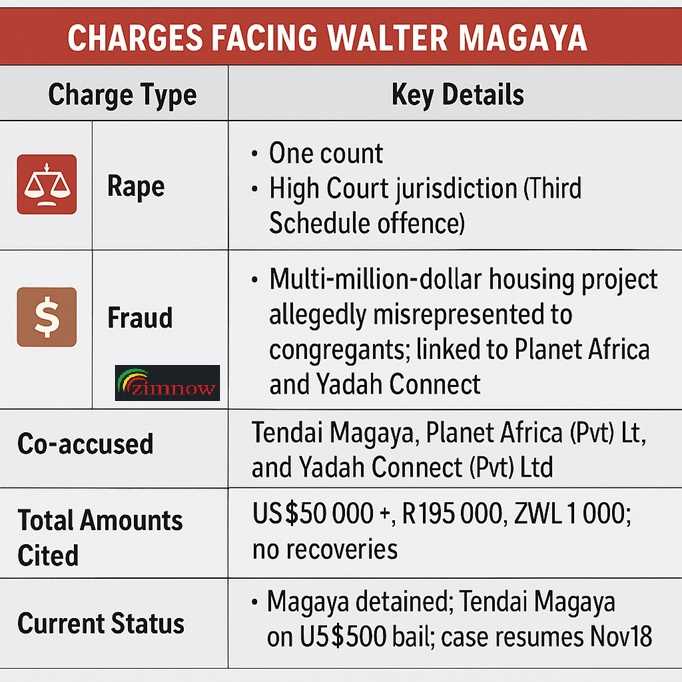
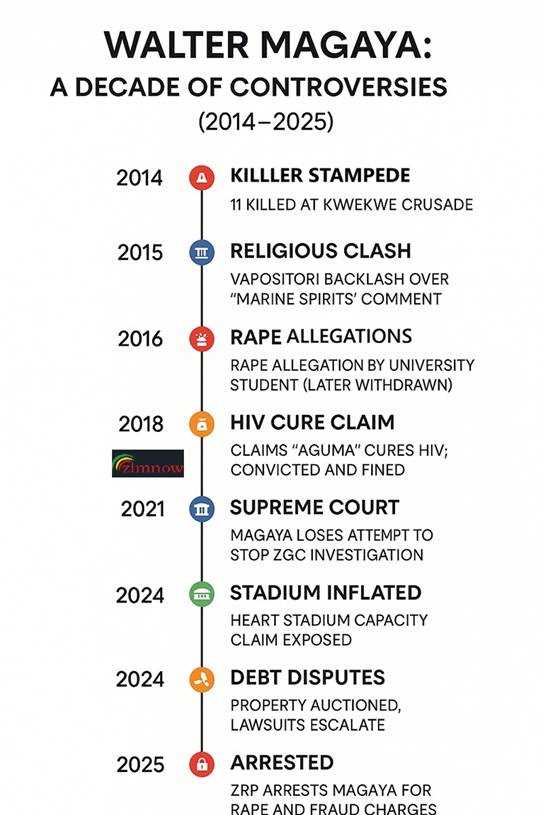
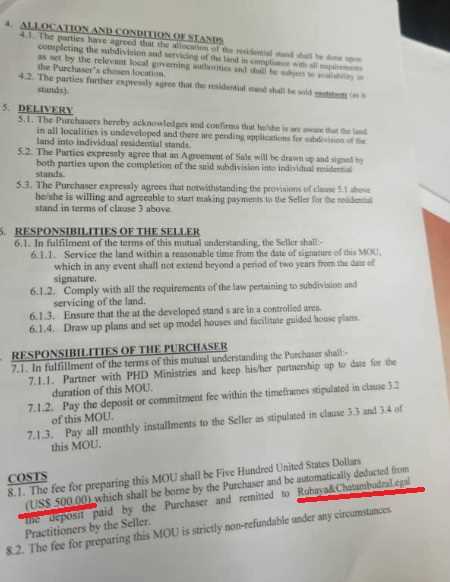

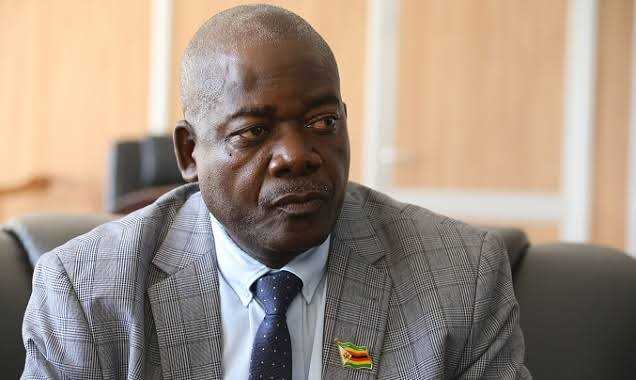

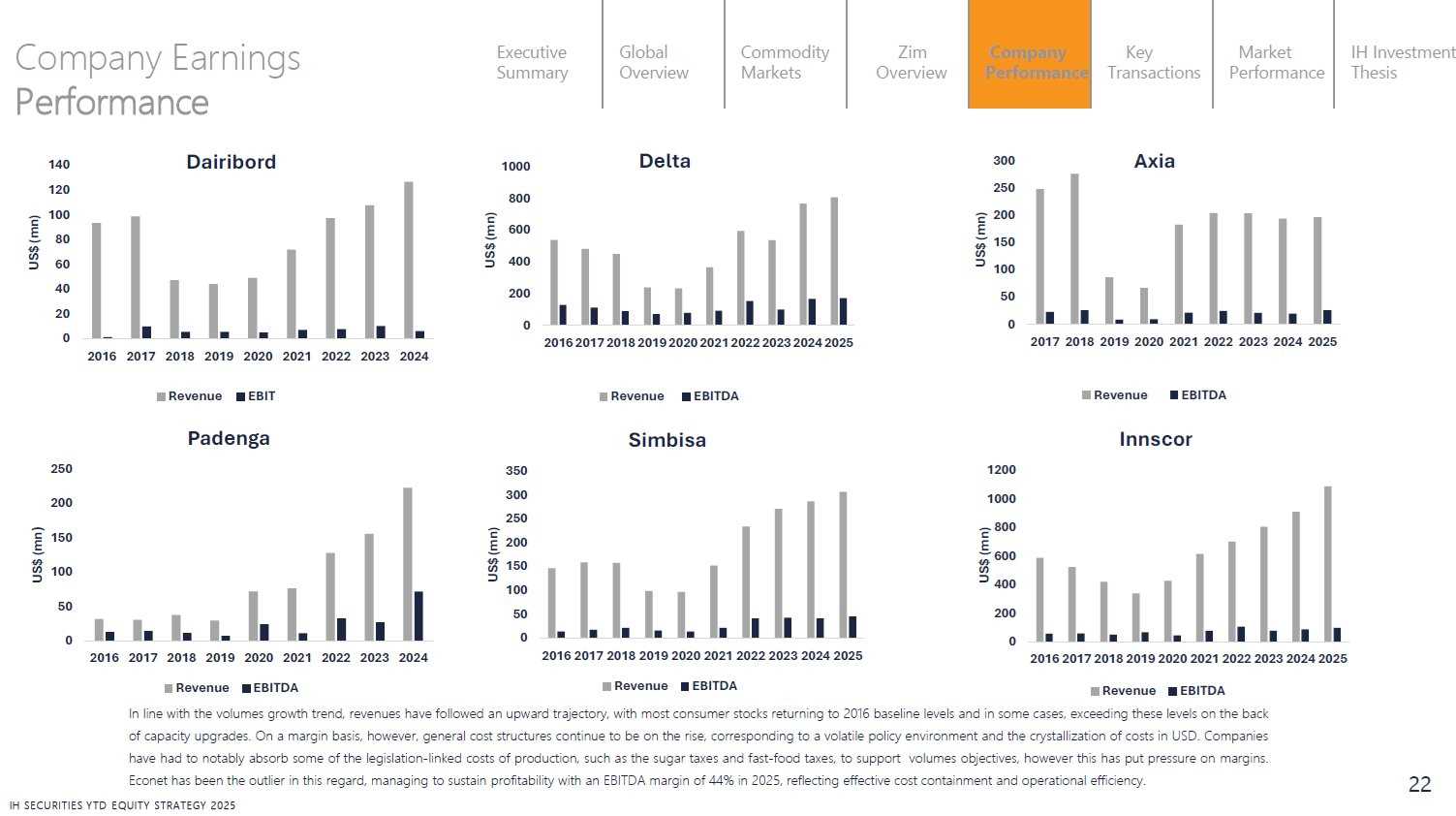




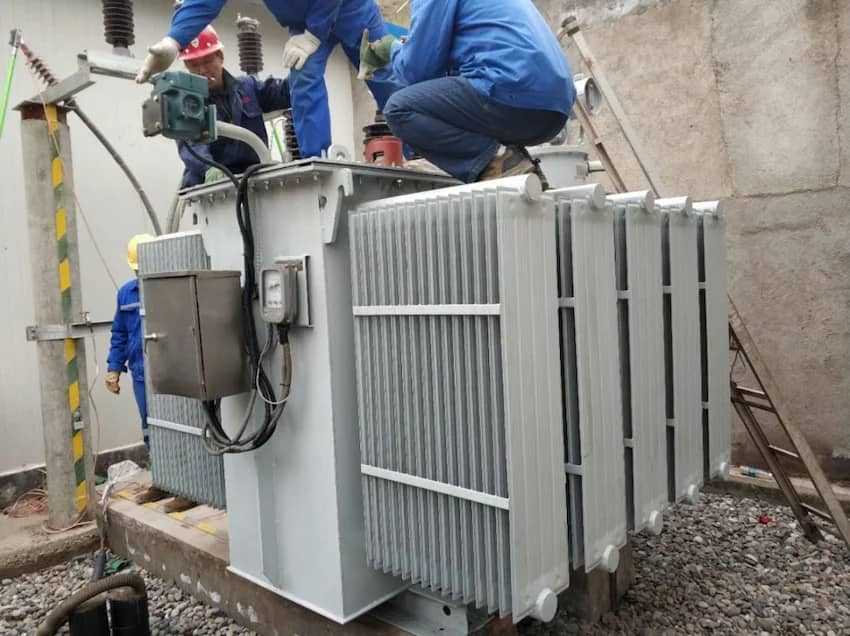
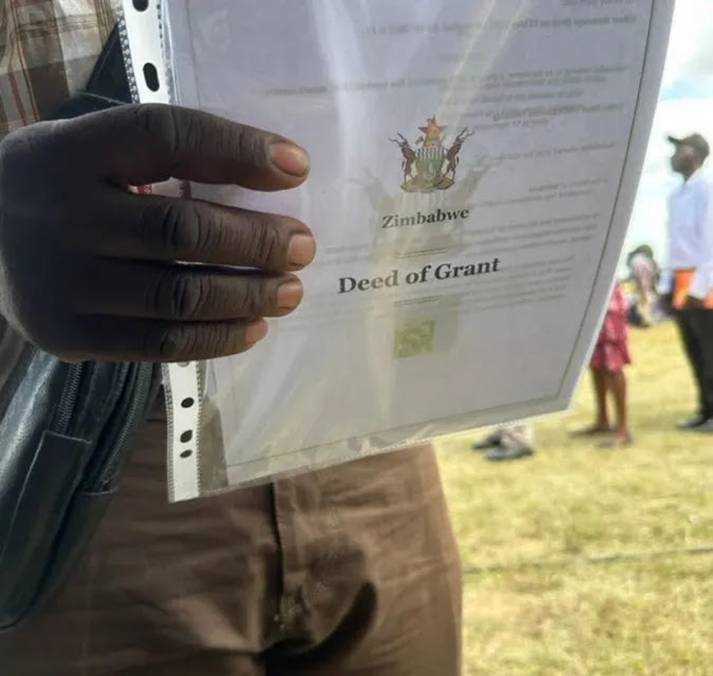


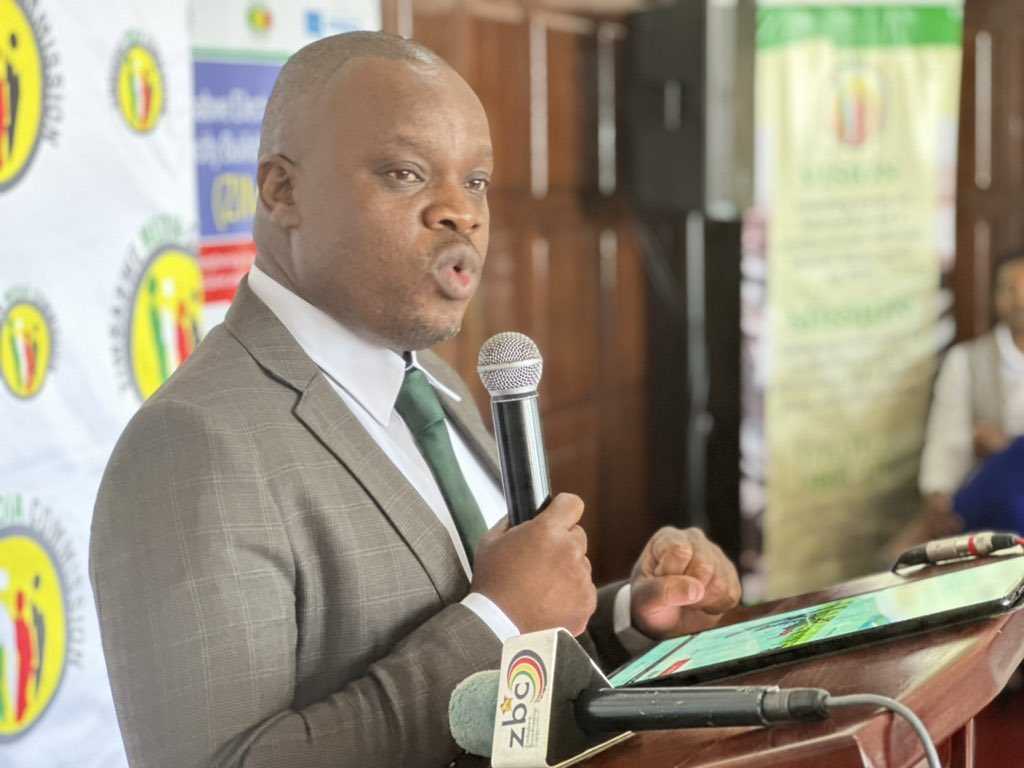
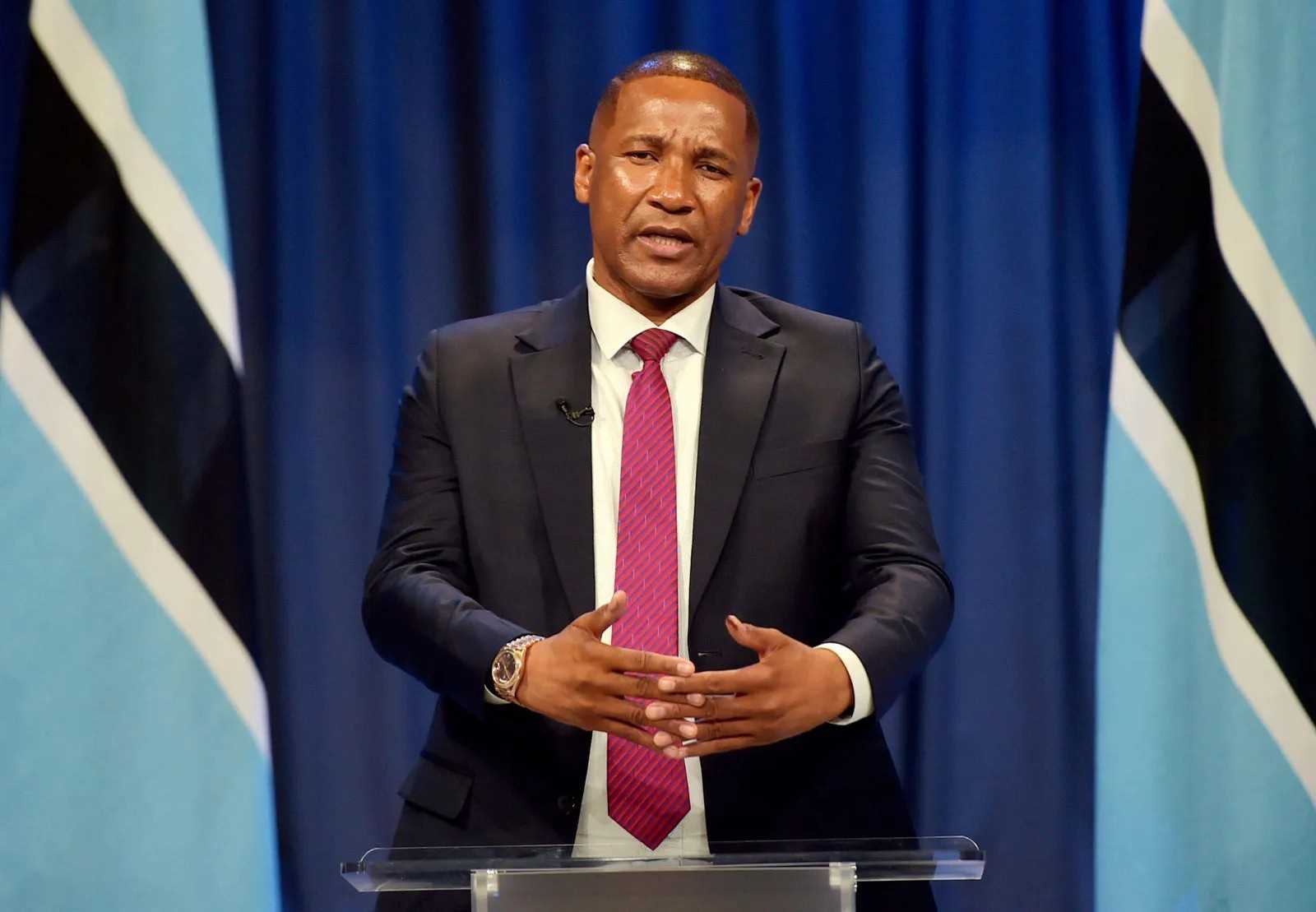


Leave Comments